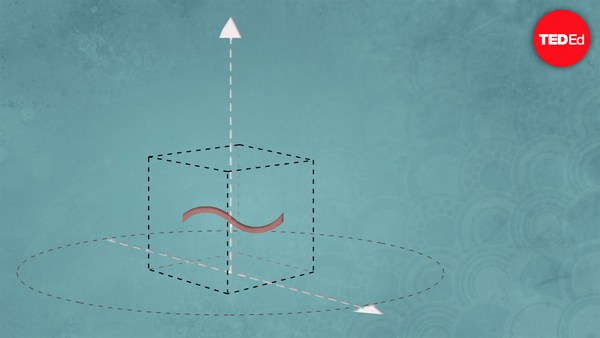After a long day working on the local particle accelerator, you and your friends head to the arcade to unwind. The lights go out for a second, and when they come back, there before you gleams a foosball table nobody remembers seeing before. Always game, you insert your coins. And with a fanfare, Quantum Foosball begins.
Here are the rules: as with normal foosball, the object is to score points by spinning levers with tiny players to sink the ball in your opponent’s goal. Only instead of a standard ball, you’ll be playing with a giant electron. It behaves like a normal electron in all respects, it’s just much larger.
Though the rules are simple, gameplay is anything but. Instead of the familiar laws of Newtonian physics, the movement of the ball is governed by quantum mechanics. To minimize the influence from photons and air molecules, you’ll be playing in a vacuum. In the dark. But that’s ok, because you can watch for the flashes of light given off by collisions between figures and the ball. The goals themselves will flash when the electron hits their particle detectors.
Now you just have to figure out how to get the electron to go where you want. As soon as it enters play, the electron will never rest. This is a direct consequence of the Heisenberg Uncertainty Principle, which says that the better you know where a quantum particle is, the less you know about its velocity, and vice versa. Since you know it’s on the field, its velocity is largely uncertain.
The electron will behave more like a wave than a particle, with its position described by probability distributions that you’ll have to imagine. These distributions are spread throughout the entire field, making it possible to observe a goal at any time and in either side. The way to win is to control and concentrate the distribution over the opposite goal, giving yourself the highest likelihood of scoring points.
Your skill as a player will be determined by your ability to predict where the electron is most likely to be, then manipulate the probability distribution by spinning the rods with just the right amount of strength. Quantum particles only receive energy in precise amounts, called quanta. So spin too hard or too soft, and the electron will stay on its previous course.
The game board has been carefully constructed to contain the electron, but even so, sometimes it’ll quantum tunnel through the walls without any apparent reason. At that point it could be anywhere in the universe, so to save you the trouble of tracking it down, the game will spit out a new ball.
The fact that quantum particles behave like waves becomes particularly evident in the presence of obstacles. As the particle travels through the rows of miniature figures, complicated interference patterns will develop in the probability distribution, making it even more difficult to accurately predict its position.
And here’s where your advanced physics degree can finally come in handy: you can use the laws of quantum mechanics to your advantage. The only moments when the electron will behave as a particle, rather than a wave, are when it hits something. With frequent enough kicks, the particle would have no time to evolve like a wave and, therefore, not spread out in space. So if you can pass it very quickly between two of your miniatures, you can keep it localized. Masters of the game call this the Quantum Zeno Maneuver.
Now, if you really want to dominate your opponents, there’s one more thing you can try, but it’s pretty tricky. One of the distinctive features of the quantum world is the possibility of state superpositions, where particles’ positions or velocities can be simultaneously in two or more different states. If you can put the electron into a superposition of being simultaneously kicked and not kicked, it’ll be almost impossible for your opponents to figure out where and how to strike. It’s said that Erwin Schrödinger, the greatest Quantum Foosball champion of all time, is the only player to have mastered this technique. But maybe you can be the second: Just figure out a way to simultaneously turn and not turn your rods.


